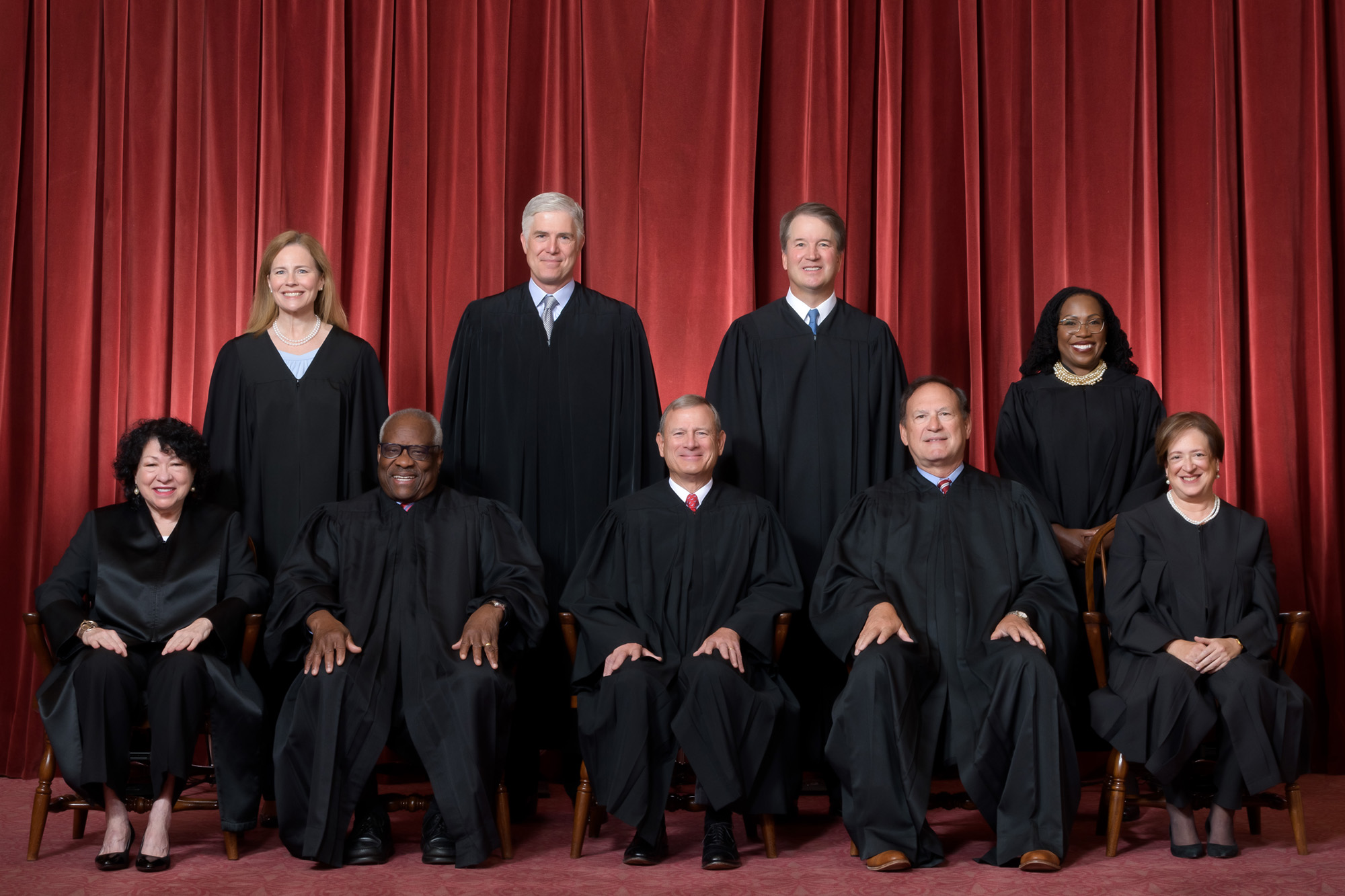The Kamehameha Schools Lawsuit: What’s Really Happening Here
If you’ve been following the news about the latest lawsuit against Kamehameha Schools’ admissions policy, you might have seen rallies, protests, and strong statements from local politicians. But there’s something important that many people might be missing: this case isn’t really about convincing Hawaii’s courts.
The Ninth Circuit Already Decided This
Here’s a crucial fact: The Ninth Circuit Court of Appeals already ruled on this exact issue in 2006.
In Doe v. Kamehameha Schools, the full Ninth Circuit (that’s 15 judges sitting “en banc”) voted 8-7 to uphold Kamehameha’s admissions preference for Native Hawaiian students. That decision is binding precedent for all federal courts in Hawaii and the western United States.
What does “binding precedent” mean? It means:
- The local federal district court in Hawaii must follow that 2006 decision
- The judge has no authority to rule differently, even if they wanted to
- Even a regular three-judge panel at the Ninth Circuit can’t overturn it
- Only the Supreme Court or another full Ninth Circuit en banc panel can change it
So Why File This Lawsuit?
This is where things get interesting. Students for Fair Admissions (SFFA) knows all of this.
SFFA isn’t some random group. They’re the same organization that just won a massive Supreme Court case in 2023 (SFFA v. Harvard) that ended affirmative action at colleges nationwide. Their president, Edward Blum, has spent decades bringing cases to the Supreme Court to challenge race-based policies.
They’re not trying to win in Hawaii. They’re trying to get to the Supreme Court.
The Playbook Is Obvious
If you read the complaint carefully, SFFA telegraphs their strategy:
They expect to lose locally – The complaint explicitly asks courts to “overrule” the Ninth Circuit’s precedent, which the local court cannot do
They’re building a Supreme Court case – They argue that the 2023 Harvard decision changed the legal landscape and that 20 years of new facts undermine the 2006 ruling
They learned from last time – The complaint prominently mentions how Kamehameha paid $7 million to settle the previous case right before the Supreme Court was about to hear it. SFFA is saying: “Not this time.”
They’re playing the long game – They launched a website, they’re using an organizational structure that can’t be forced to reveal member identities (which killed the last challenge), and they’re already building a public narrative.
What This Means for Hawaii
Here’s what Hawaii’s community needs to understand:
The rallies, the protests, the local political statements—they’re not reaching the people who will ultimately decide this case.
The likely path is:
- ✓ File in Hawaii District Court
- ✓ Lose (court bound by 2006 precedent)
- ✓ Appeal to Ninth Circuit
- ✓ Lose again (can’t overrule their own en banc decision)
- ✓ Petition to Supreme Court
- ❓ This is where the real case happens
The Supreme Court Has Changed
Here’s why SFFA thinks they can win this time:
The Supreme Court that decided Harvard in 2023 is deeply skeptical of race-based classifications. The Court said:
- “Separate cannot be equal”
- “The time for making distinctions based on race has passed”
- Grutter’s diversity rationale was rejected
SFFA is betting that this Court will extend that reasoning to private institutions like Kamehameha, even though the school receives no government funding.
A Different Kind of Fight
The previous lawsuit ended with a $7 million settlement and threats that drove families into silence. Community pressure worked then—Kamehameha paid to make the case go away before the Supreme Court could rule.
But SFFA isn’t a family that can be intimidated or paid off. They’re a national organization with resources and a specific mission. The angry social media posts, the threats against Edward Blum, the local rallies—none of this will make them drop the case. If anything, it reinforces their narrative.
What Should Hawaii’s Stakeholders Do?
If you care about Kamehameha Schools and Native Hawaiian education, here’s what you need to understand:
This is going to the Supreme Court – Plan for that reality, not for a local court battle
The local litigation is a formality – SFFA expects to lose in Hawaii’s courts
The real fight is in Washington D.C. – Resources, strategy, and messaging should be aimed at the Supreme Court level
Time is limited – Once this case reaches the Supreme Court (probably in 2-3 years), the opportunity to build the strongest possible defense will have passed
The implications go beyond Kamehameha – A Supreme Court ruling could affect Native Hawaiian programs throughout the country
The Bottom Line
Students for Fair Admissions isn’t hiding their strategy—it’s obvious to anyone who understands how the federal court system works. They’re not trying to convince a judge in Honolulu. They’re building a case for nine justices in Washington D.C.
Hawaii’s community can rally, protest, and express outrage. But unless that energy is channeled toward building a defense that will work at the Supreme Court level, it’s being directed at the wrong target.
The question isn’t whether this case will reach the Supreme Court. The question is whether Hawaii will be ready when it does.
Disclaimer: This post provides general information and analysis for educational purposes. It is not legal advice.
